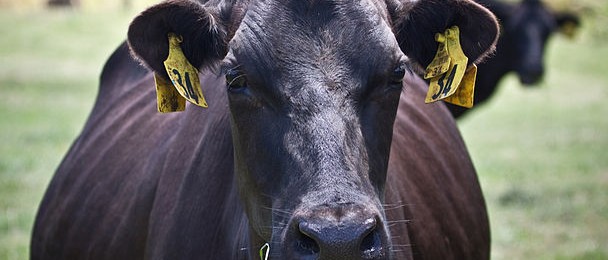Livestock
-

Brad Haire reported in the Southeast Farm Press this week that farmers in the Southeast are being urged to harvest as soon as possible and to plant cover crops this winter to protect against the expected impacts from the strong El Niño this winter. Rains could be as much as 50 percent above normal, leading…
-

The Southeast Farm Press had an excellent article about producing high-quality hay this week. It describes the importance of weather conditions and taking advantage of dry spells while using equipment to help the hay dry down more quickly. You can read the article here.
-

Today marks the first day of climatological fall, so I took a quick look back at the statistics for the last three months. Precipitation was not extreme in most of the region, and mean temperatures were warmer than normal but not near record-setting. But I did notice that if you look specifically at night-time minimum…
-

Cows are one of the biggest producers of methane on Earth, although they are surpassed by methane emission as a byproduct of fracking. Methane is one of the most efficient greenhouse gases, and increases in atmospheric methane are one of the major contributors to the rise in greenhouse gas impacts in the atmosphere. Now, scientists…
-

This week I am attending the Dairy Environmental Systems and Climate Adaptation Conference in Ithaca NY. It has been a great conference so far and I am looking forward to a few more talks before it ends. A lot of the information presented today has been about the health of dairy cows and how they…
-

The Southeast Farm Press released a report earlier this month describing a new variety of cattle produced by the University of Florida Range Cattle REC. The Ona White Angus was developed over two decades of cross-breeding and are similar in meat quality to Black Angus but have white hair with black skin. This will make…
-

The heat this summer has been intense in some places. Farmers know that too much heat makes dairy cattle produce less milk and cut into profits. Modern Farmer published a short article describing one Wisconsin farmer’s innovative way of keeping his cows cool and happy. You can read the article here. The Shade Haven looks like…